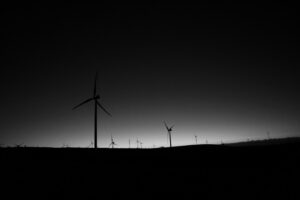Seasonal pumped hydropower storage (SPHS) could be an affordable and sustainable solution to store energy and water, according to new research published in the journal Nature Communications.
SPSH involves pumping water into a deep storage reservoir that is built parallel to a major river during times of high water flow or low-energy demand.
When water is scarce or energy demand increases, the stored water is then released from the reservoir to generate electricity.
Researchers at the International Institute for Applied Systems Analysis (IIASA) have assessed the global potential for this method, focusing on different locations with the highest impact and lowest cost.
They found that there is a significant potential for SPHS around the world, particularly in lower parts of the Himalayas, Andes and Alps.
According to the researchers, because SPHS reservoirs are deep and constructed parallel to, rather than within the course of the river, the environmental and land use impacts are between 10-50 times smaller than traditional hydropower plants.
Lead author of the study, Julian Hunt said: ‘The energy sectors of most countries are undergoing a transition to renewable energy sources, particularly wind and solar generation.
‘These sources are intermittent and have seasonal variations, so they need storage alternatives to guarantee that the demand can be met at any time.
‘Short term energy storage solutions with batteries are underway to resolve intermittency issues, however, the alternative for long term energy storage that is usually considered to resolve seasonal variations in electricity generation is hydrogen, which is not yet economically competitive.
‘With the need for a transition to a more sustainable world with lower CO2 emissions, renewable energies and energy storage will play a major role in the near future.
‘Given the vast and untapped and cheap potential of SPHS, it will soon play an important role in storing energy and water on a yearly basis.’
Photo Credit – Pixabay
















